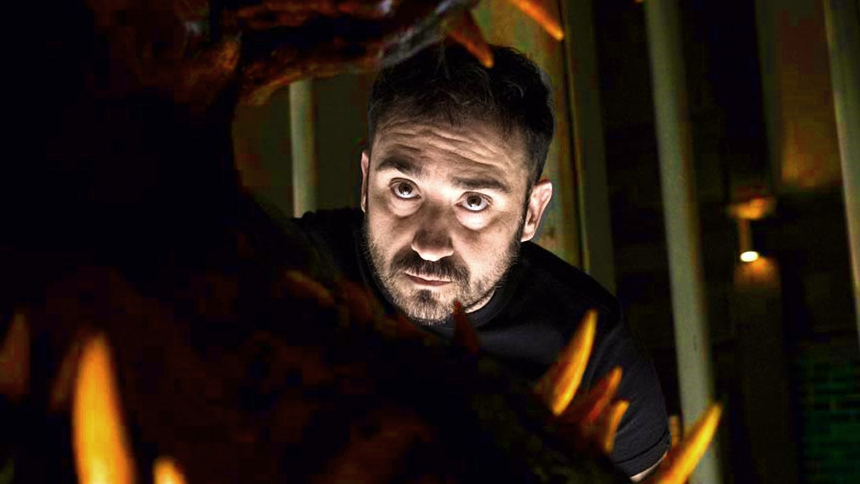Sound And Vision: J.A. Bayona

In the article series Sound and Vision we take a look at music videos from notable directors. This week we look at Keane's Disconnected, directed by J.A. Bayona.
J.A. Bayona is a master at turning horror films into dramas, and drama films into horror. Everyday life can turn horrific on a dime, and his grimmer scenes are filled with a sense of pathos: you do care about his protagonists. Even the ghosts, like in El Orfanato (or The Orphanage, as Americans call it), get their moment of dramatic introspection. And everyday horrors get to feel almost sensationally horrific in the hands of J.A Bayona: the tsunami in The Impossible gets under the skin in a way few disaster movies do, by using tricks out of the horror playbook, sonically and visually. His best film, A Monster Calls, processes grief through genre, where the mythological horror stories of old get to be a metaphor for a kid dealing with a deceased loved one. And though I haven't seen Society of the Snow yet, what by all accounts could turn into a horror film about a real live case of cannibalism, is instead being described as a story of hope that will tug at your heartstrings.
It is in one of his later music videos, cause Bayona started out as a music video director, that we see a similar approach to conflating the melodramatic with genre tropes. Keanes' Disconnected, co-directed by J.A Bayona's regular writer Sergio G. Sánchez, who later became a film director in his own right, starts out as an ode to euro horror from the seventies, including a deliciously cheeky VHS-intro to the music video.
What follows is an extended homage to films like The Evil Dead, your average Argento, Les Diaboliques, Poltergeist and The Shining, where the horror scenes play out like a metaphor for a love that has run its course. Characters hiding behind walls and doors can, on the one hand, signify horror, like Wendy Torrance in The Shining hiding from her ax-murderer husband. On the other hand, it is very similar to that trope in many romantic dramas, where there is a literal wall in between the star crossed lovers, who lean against the wall or door, sighing that the other doesn't knock. J.A. Bayona uses both tropes at the same time. It's brilliant.
There is also an equally clever use of grasping hands: is that the hand of the lover holding you or strangling you? A thrist against a blood-red backdrop can be equally seen as the two lovers fucking in the woods, or as a violent encounter. J.A Bayona constantly straddles the line between romantic signifiers and horror signifiers, and finds the common ground between both. Especially the last shot is quite wink-wink nudge-nudge, where the Spanish word for The End, 'Fine' can also read as an English language descriptor of how the protagonist thinks she should feel. Is everything indeed fine? The haunted visage of Keane's lead singer Tim Rice-Oxley might beg to differ.
If there is one thing that doesn't really work in a music video that I think is otherwise stellar, it is the presence of Keane. Yes, the single is a decent enough pop song, and the performance footage is expertly edited together with the rest of the visuals. But the song, while going over similar territory lyrically, is sonically just too bright and shiny to really be able to sell the relationship horror the video is going for. Still, this might be one of my favorite music videos I've discussed thus far in this series, and it is well worth the watch.







